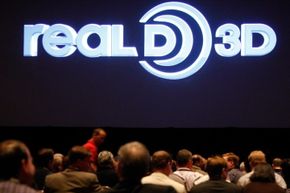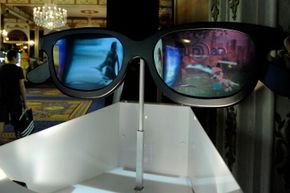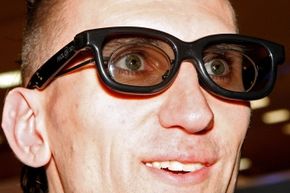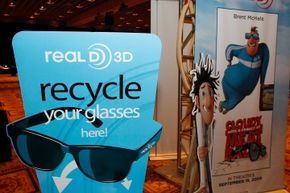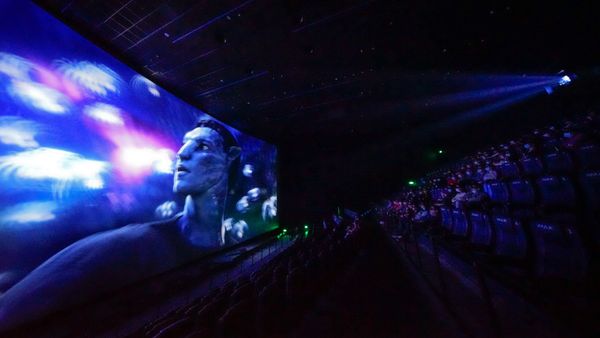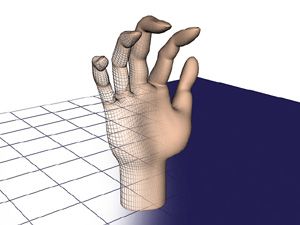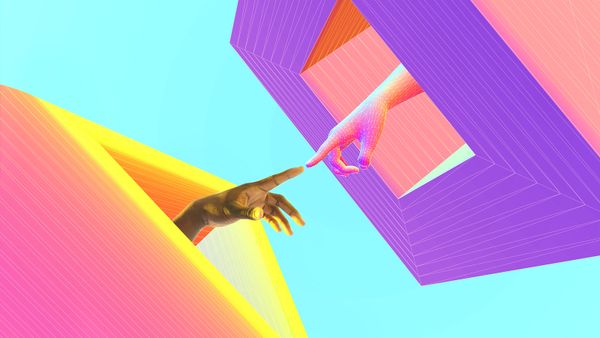In the past decade, 3-D movies have received their share of spectator accolades and critical disdain. Whether you love the eye-popping effects or yawn at their abrupt ubiquity, one thing is indisputable – 3-D is getting more and more common. In 2004 there were only two 3-D movies in mass release. In 2013 there were 45. As recently as 2006 there were a measly 250 3-D-capable theaters on the planet. Now, that number has blown past 50,000 and counting.
There are several types of 3-D technologies in use at theaters, including IMAX 3-D, Dolby 3-D and RealD. Of those, RealD has almost half of the market share. RealD is a digital stereoscopic projection system, and it's installed at more than 20,000 theaters worldwide.
Advertisement
In order to enjoy 3-D at a RealD-equipped theater, you'll don dark, rather goofy-looking glasses that relay the multi-dimensional effects from the screen to your eyes. When a movie director and her team of special effects personnel do adept work, the visuals in a 3-D film are often breathtaking. Explosions seem to expel shrapnel from the screen. Scenes with lush foliage seem so dense and so real that it feels as though you could walk right into those giant ferns.
Producing a well-crafted 3-D film that truly suspends an audience's disbelief requires deft technical sleight of hand and brilliant technical execution. When the recorded data is paired with a RealD system, viewers get a truly 3-D experience that might astound them.
The RealD system incorporates a number of tools to create the 3-D effect that works with the special theater glasses resting on the bridge of your nose. It's a sophisticated, high-speed technology that helps transform a two-dimensional flick into a 3-D masterpiece.
Advertisement
